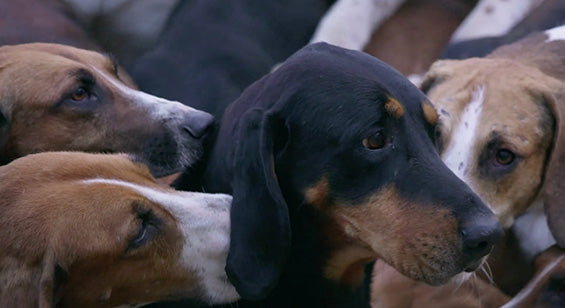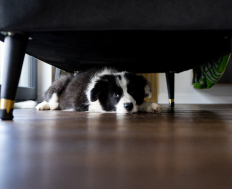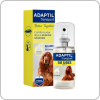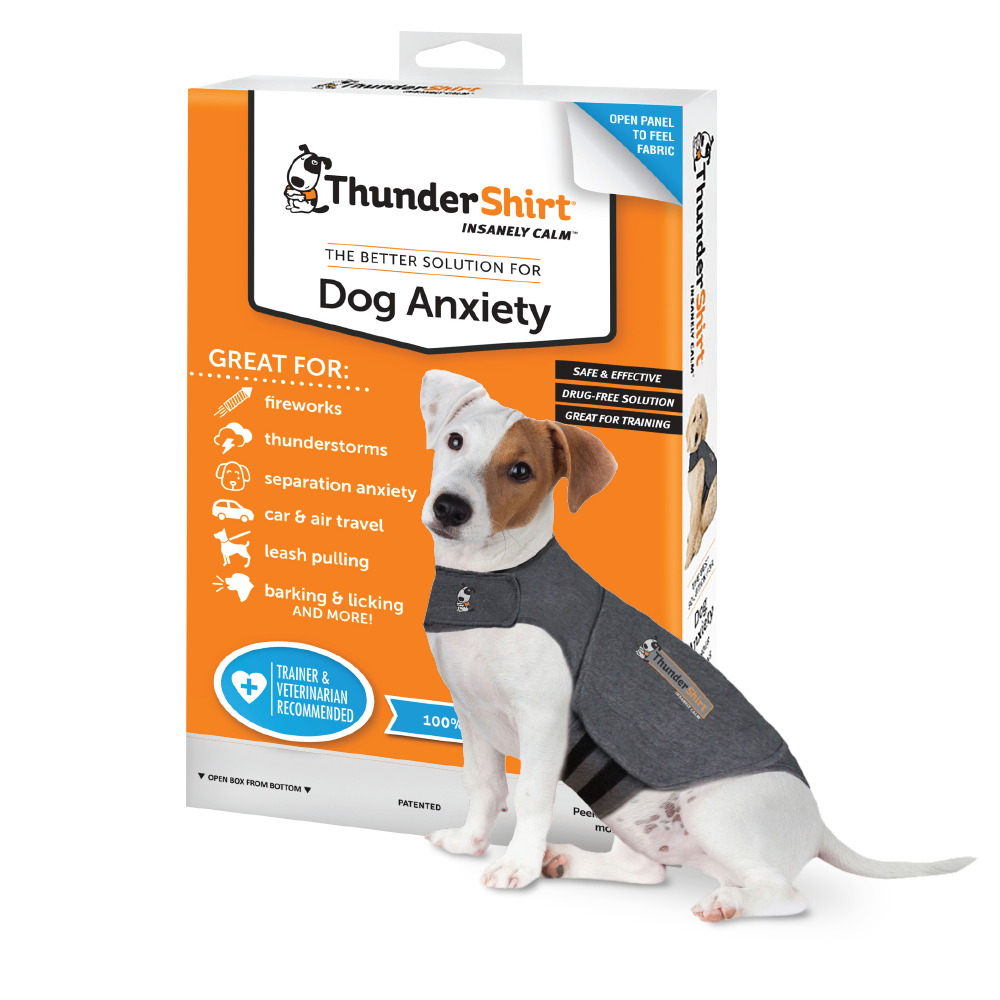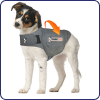Dogs have a range of ways to communicate, from body language to vocalisations. One form of communication that we can't see or hear is via the use of pheromones.
Learn more about Dog pheromones
What are pheromones?
Pheromones are a type of olfactory chemical communication that dogs use to communicate with each other, they are species specific.
They are produced by specific glands on their skin and influence behaviour or emotional responses. Different pheromones are released from different areas of a dog's body e.g. base of their ears, the mammary area, the paws etc. These different pheromones provide a different message.
All dogs understand these pheromone signals, regardless of their age!

Understanding dogs and their pheromones
How do dogs understand pheromones messages?
All dogs have a specific organ, called the vomeronasal organ (VNO) which recognises pheromone signals in their environment. The VNO is located in the roof of their mouth. You may see your dog 'lapping the air' or 'chattering their teeth 'as they detect pheromones in the environment. This action is called the Flehman response.
The pheromone messages then travel to the VNO via the incisive ducts - these are just behind your dog's incisor teeth. There are 2 small bumps at the entrance to the ducts called the incisive papillae.
Pheromones pose no risk for your dog; they are a natural form of communication. There's no risk of 'overdosing' when using pheromone diffusers or collars for example. Pheromones are not drugs and do not have harmful effects on the body - they are simply sending a message!
Humans and other animals cannot detect dog pheromones, so they are harmless to other species. Plus they are odourless too!

The solution to help my dog?
Find my productHow do dogs use pheromones?
Pheromones influence the behaviour, interactions and emotions of our dogs. But how?
There are many reasons for a dog to use pheromones. They are useful for:
- creating reassurance
- strengthening bonds
- signalling to sexual partners
- signalling stress or fear
- individual identification
- maintaining harmony
- and many more!
This means that the pheromones your dog releases will vary, depending on the situation. For example, a mother dog wants to make sure her puppies feel safe and secure with her, so that they can thrive together.
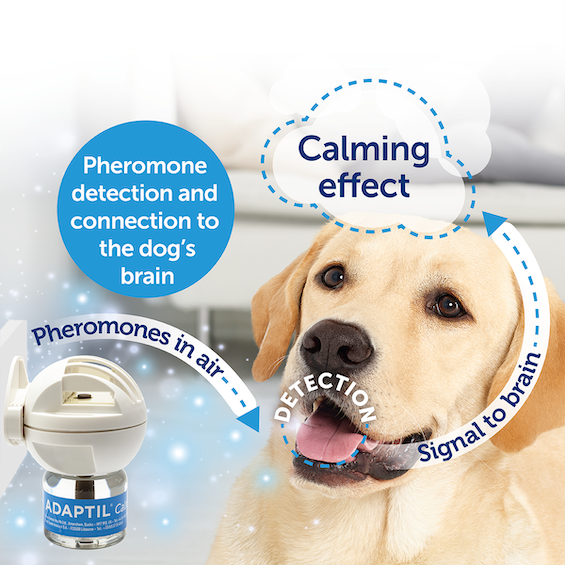
Pheromones are useful to help us reduce stress-related behaviour. ADAPTIL Calm Diffuser, for example, releases the same appeasing message that mother dogs provide for their pups, creating a comforting and reassuring environment for your dog at home. This helps them cope with situations they may find difficult, such as staying home alone.
Pheromones are a natural way for dogs to communicate!
ADAPTIL pheromones promote the well-being of dogs.
The ADAPTIL Calm Collar provides 4 weeks of constant support.
When the adjustable collar comes in contact with the skin, your dog’s body temperature warms the collar resulting in the diffusion of these “appeasing messages” into the local environment.
This helps to comfort your dog in stressful situations wherever they go.
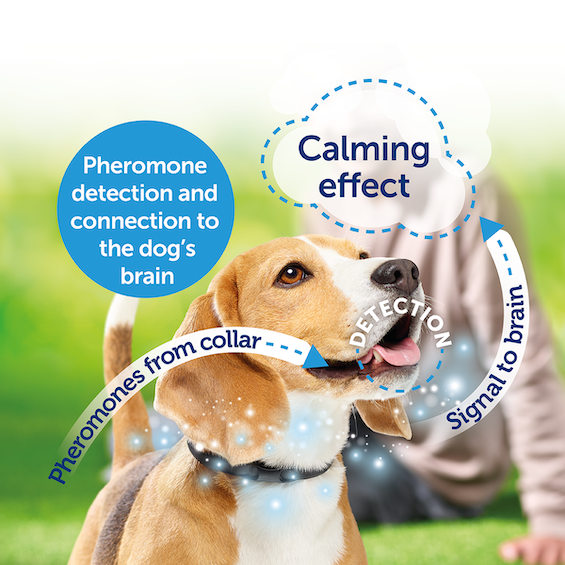
Dog Appeasing Pheromone
Pheromones play an important part in ensuring the security of puppies and the bonding of the new family.
A mother dog secretes pheromones from glands around her nipples. This pheromone is called the Dog Appeasing Pheromone and she releases it during the time she is lactating.
This pheromone message helps her puppies to feel secure and promotes the bonding between her puppies. This comforting environment helps the puppies to have the confidence to start exploring the world around them.
Scientific studies have demonstrated that Dog Appeasing Pheromone can support dogs (whether they are puppies or adults) and help them feel calmer when faced with situations they find stressful.
ADAPTIL Calm Diffuser, ADAPTIL Calm Collar, ADAPTIL Junior and ADAPTIL Transport all use this pheromone message to provide comfort and reassurance to dogs.
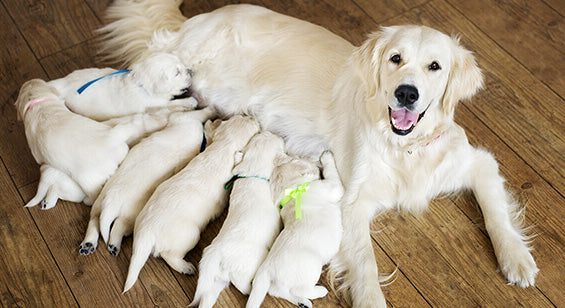
Did you know?
There is a similar message that dogs release from the base of their ear!
Perhaps you have seen your dog sniffing another dog's ear? Read Why do dogs like to sniff ears to find out more!
